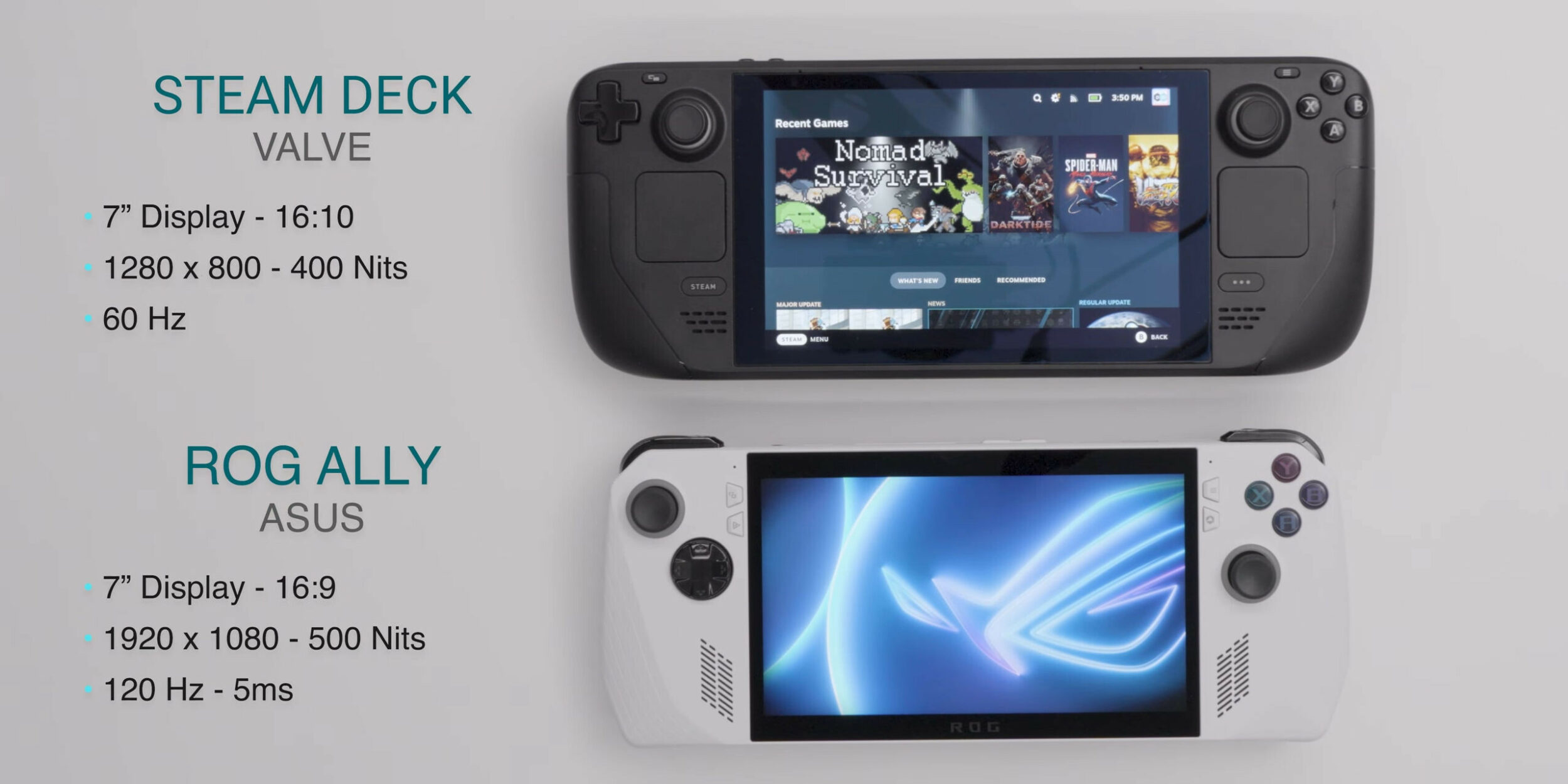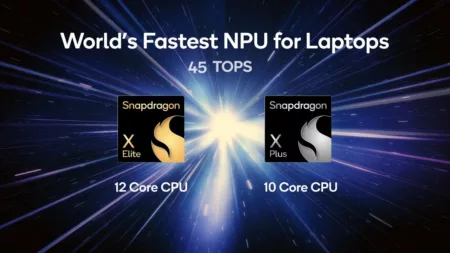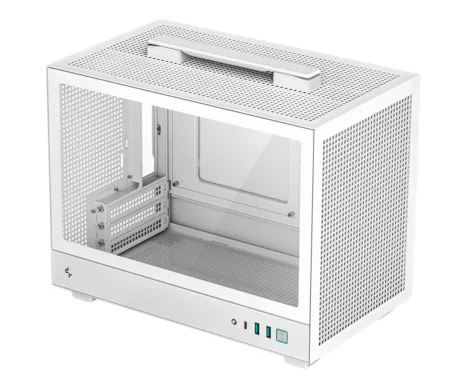On April 1, 2023, ASUS published a video showing the ROG Ally and it was easily dismissed as a very elaborate April Fools’ joke. A day later, ASUS ROG officially claimed that the product is real and officially marks ASUS’ first stab at a gaming handheld where the Steam Deck has apparently set the stage for portable PC gaming.
ASUS’ announcement has now been followed by exclusive hands-on from Dave2D and Linus Tech Tips which shares more details regarding the device. Dave2D’s video dives into more details as it shows a prototype PCB of the ROG Ally. So let’s take a closer look.

Focusing straight to the hardware itself, both Linus and Dave2D were not allowed to disclose specs or discuss performance numbers. Still, industry colleagues have speculated that the AMD APU running the ROG Ally will be a custom SKU with Zen 4 CPU cores and an RDNA3 GPU with 8-12 CUs which puts it roughly on the same performance tier an AMD Phoenix Radeon 780M or on the lower end, possibly the 760M. Clock speeds on the CPU cores are expected to be 4Ghz.
In the prototype PCB shot above, we can see the RAM arrangement plus some of the back-side slots which shows us an M.2 2230 slot, an SD card slot on the upper right plus the various components and connectors on board.
The ROG Ally will be cooled by a dual-fan solution, or at least the prototype which may change by the final product. What’s final is at least the APU and the storage support will be final plus the 120hz 1080p screen with a 500 nits brightness rating as well as 5ms response time.
A quick side by side with the Steam Deck in terms of weight and dimension sees the ROG Ally having a smaller overall footprint while still also being a bit lighter. ROG’s buttons follow the same Xbox layout with the Steam Deck having more rear buttons than the Ally.
What’s not directly discussed here is the OS. The Steam Deck runs on a platform-specific build of SteamOS, a dedicated brand of the SteamOS Linux distro which Valve maintains in-house and is actively developed to maximize Proton support for more games. Meanwhile, ASUS ROG seems to be partnered with Microsoft for the ROG Ally as the large branding on its landing page features the Windows 11 logo. ASUS is not a software company and has had varying success on their software front. On their best days, we have the accompanying software for the ZenBook Duo and Zephyrus Duo which allows good dual-screen management. On their worst days, we have Armoury Crate and AI Suite.
The ROG Ally runs vanilla Windows 11 but ASUS seems to be using a companion overlay software visually similar to the one used on the ROG Phone that allows quick access to various tools and shortcuts. How intuitive this scheme is is yet to be seen.
ROG has been very scarce on what details they release so no info yet on potential performance targets, battery life and specs besides the obvious ones like screen resolution and brightness, storage capacity, button layout and OS. Ultimately, the biggest question is the price. Competing more with the AYA NEO and GPD Win, the ROG Ally’s expected price may play well into the territories of these products, distancing itself from the Steam Deck which starts at $400.
It does have trick up its sleeve though. While the Steam Deck and the other Windows handhelds can serve as a PC of sorts by plugging a keyboard, mouse and monitor, they lack the instant GPU upgrade potential offered by the ROG Ally’s support for ROG’s XG Mobile system. Featuring the XG mobile connector support, a proprietary 8x PCIe connector, this allows the ROG Ally to work with all generation of the XG Mobile from the RTX 3080, the Radeon RX 6850M XT, and the newest RTX 4090 XG mobile version.
Docking to the XG Mobile allows ready connection to a DisplayPort monitor, USB devices, heck even an SD card while being powered directly off AC all in a footprint of a book.
ROG has apparently opened a Best Buy pre-order page for the ROG Ally for the US and Canada here: rog.gg/bestbuy
EDIT: ASUS previously developed an Android-based gamepad which can run games internally from the gamepad. The device did not have a screen and ultimately didn’t get released.











1 Comment
Sana competitive din price vs. Steam Deck.